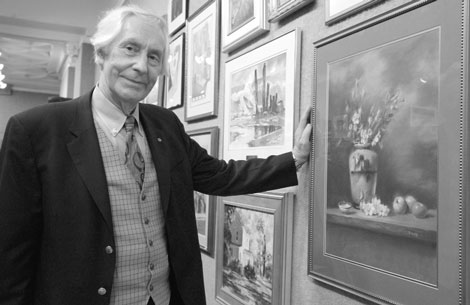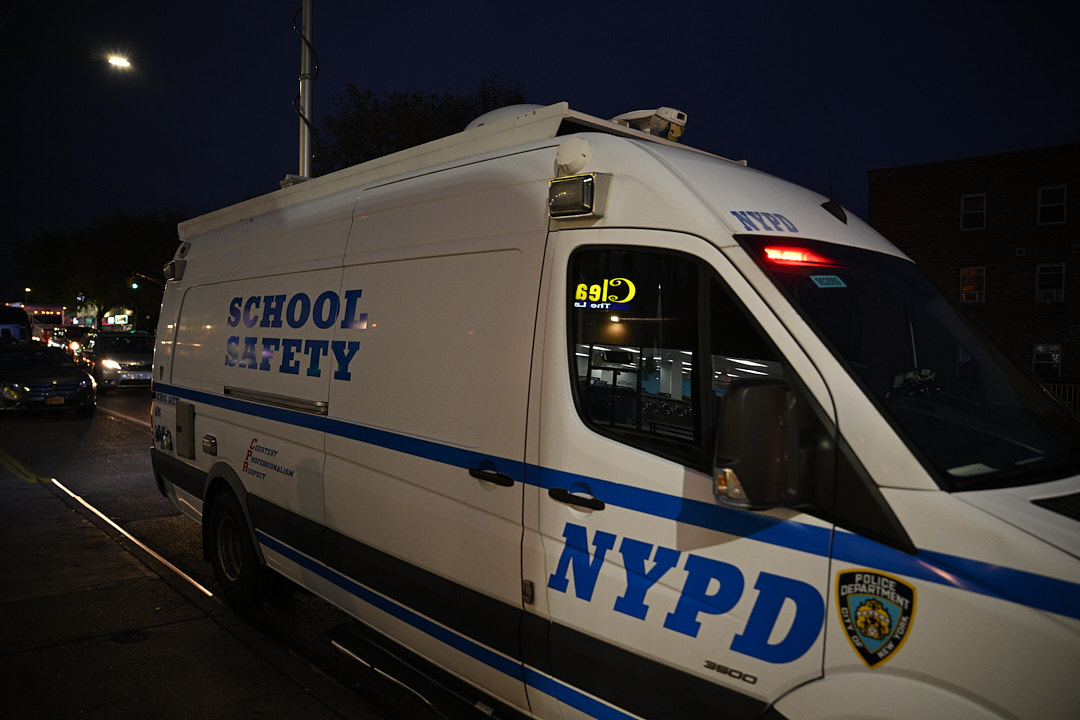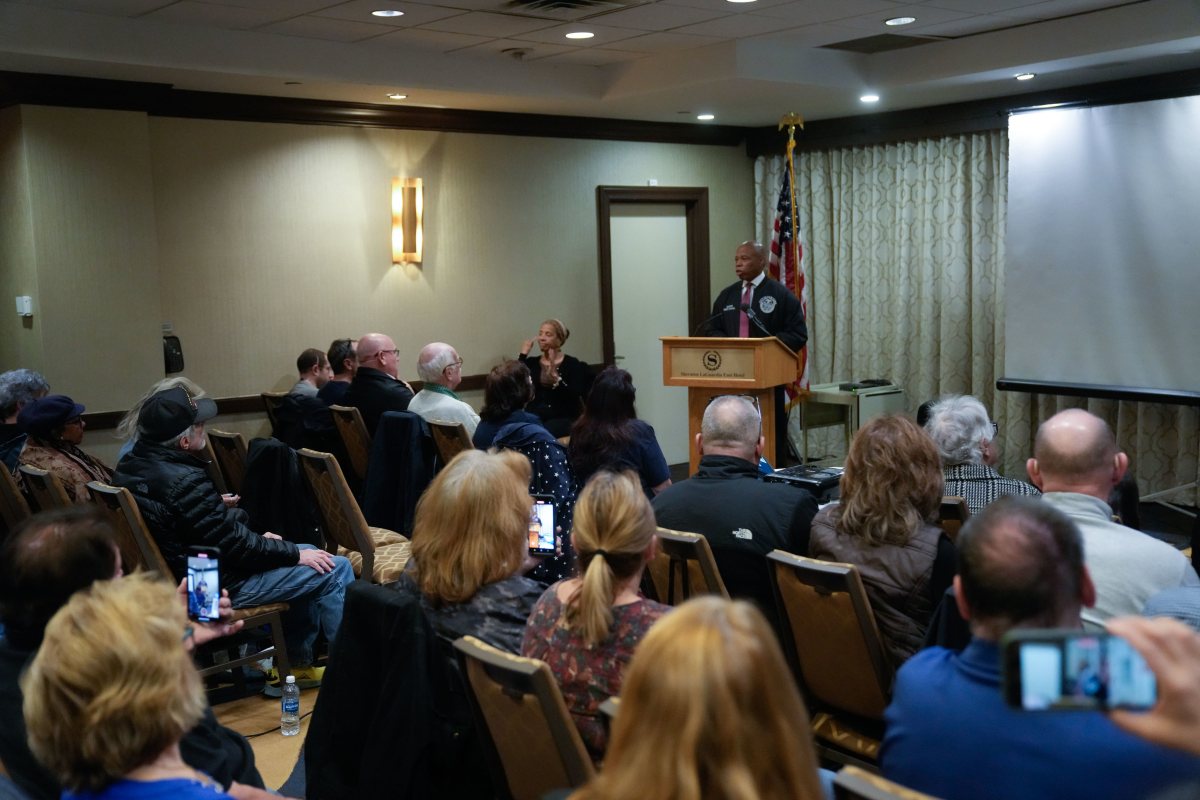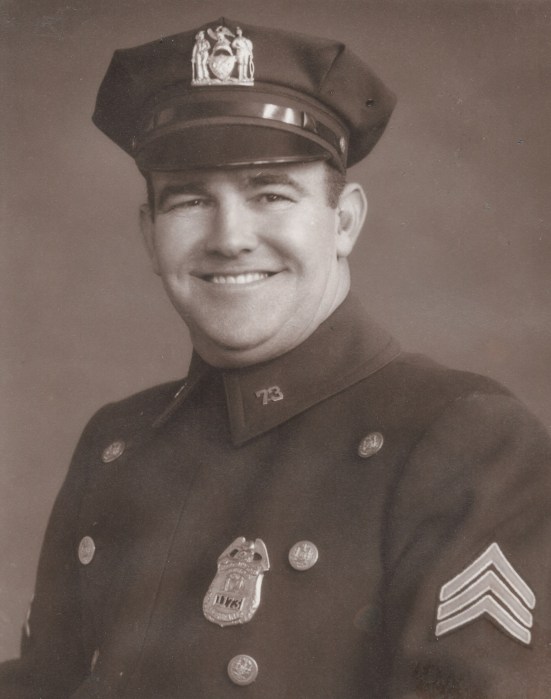By Mara McGinnis
With its grand, painting-lined staircase, brilliant chandeliers and old English tavern, the Salmagundi Club – located in a landmarked brownstone on Fifth Ave. between 11th and 12th Sts. – has the charm, décor and creative air of a 19th century salon.
Legend has it that the name, ‘Salmagundi,’ was coined by early members of the club, then known as the New York Sketch Club. Members met regularly at the home of Alice Don Levy, daughter of portrait painter Joseph Kyle Levy. She was known for her potpourri meat stew. The artists, who nicknamed it ‘salmagundi stew,’ (the word means potpourri or medley) later renamed themselves the “Salmagundi Sketch Club” in her honor, said Bob Bochat, a club member.
Originally founded in 1871 by sculptor J. Scott Hartley, over the years the club has welcomed renowned artists, including American Impressionist painters, Childe Hassam and William Merritt Chase, illustrators Howard Pyle, N.C. Wyeth, and Charles Dana Gibson, and landscape painter Ogden Pleissner. A non-profit organization, it purchased the Brownstone at 47 Fifth in 1917 after years of moving around to different meeting places downtown.
The Salmagundi auctions have been an annual tradition for nearly 100 years. But this year one of the three annual auctions was different. Of the three auctioneers, two were women, unprecedented, in a club with a long tradition of ‘for men only,’ according to Ilene Skeen, one of the auctioneers. A recently-retired, systems-design analyst and member since 1999, Skeen said that women auctioneers were unheard of twenty years ago. It was only in 1973 that women were first admitted to the club.
Painter Ruth Reininghaus, 81, was one of the first to join and remains the only woman to serve as president. She recalled that some men resigned in protest the year the women were admitted.
So appealing are the paintings, said Skeen, that she finds it difficult not to bid at the club auctions, which are held every fall over a three-week period.
“I have a house full of stuff,” said the Murray Hill resident. “I have to keep my hands in my pockets here,” she said. A few years ago, she moved from Long Island to Manhattan, to be closer to the club.
“Being in the club is a great relaxation and the people are very welcoming,” she said.
Art collector Frank Bianchi traveled into the city for the auction from Old Tappan, New Jersey and has been to about 15 of them over the last six years.
“It’s an informal, yet professional setting,” he said. “There’s a very interesting diversity of artists both new and well known and it’s a good value.”
Bids for the artwork, which are mostly oil paintings, watercolors and pastels, start at $150 and go up to about $700 — though they have gone as high as $5,000, according to long-time members. Bids advance by a minimum of $25 up to $500, after which they go up by $50. After $1000, they go up by $100. Artists take 50 percent of the selling price and the rest goes to the club. The work of certain artists, including that of Club President Richard C. Pionk, consistently garner bids on the higher end.
Bochat, a retired medical administrator for plastic surgery at NYU’s medical center, has been a member since 1994 and is now in charge of the club’s public relations efforts. Bochat has been a watercolorist for 35 years and focuses on impressions of nature — seashores of Long Island and Maine, specifically.
“It inspires you,” said Bochat about the club. “It makes your juices flow. You want to go home and paint.”
He explains that, though it was a men only club at one time, members recognized that there was “a large number of very talented women artists out there and no reason to restrict membership.”
It has been a continuing mission, according to Bochat, to encourage the involvement of young artists as well. The club promotes a scholarship program to subsidize the work of artists in their 20s and 30s, if they show promise.
The club’s memorabilia hanging around its various rooms on several floors reflects some of its rich history and creativity of its members. Down in the dining room/bar area is a collection of decorated ceramic mugs hanging from the ceiling.
According to Reininghaus, the club was the first lower Fifth Avenue establishment to have beer on tap. The members each had their own personal mugs, which they drew on and signed, and later donated to the club. Some, she said, were auctioned off at some point to help raise funds. She adds that master puppeteer Bil Baird, who made the puppets for The Sound of Music, created the puppets on display.
The club also boasts the largest palette collection of American artists in the country. Many of them — including those of American landscape painters George Innes and J. Francis Murphy — are displayed in the club’s research and reference library.
The Salmagundi Club has approximately 600 members which include some members from other parts of the country and Canada. To become an artist member, who can show and sell work, an applicant must be evaluated by the club’s Art Committee and Admissions Committee. His or her application is then sent to the board for final approval. Each potential artist member must be sponsored by one Salmagundian and seconded by two others.
Members seem to agree that the place offers them not only a place to display and sell their work, but a source of inspiration and friendship from people who share similar interests. Active members tend to spend a few nights a week at the club, pitching in to help in various ways with activities or to have dinner or shoot a game of pool.
At 81, Reininghaus, who is curating a Salmagundi traveling show, still makes it down to lower Fifth Ave. from the Upper East Side a couple of times a week.
“You literally fall in love with the club,” she said. “The atmosphere is wonderful. You get to meet all of these other artists. I feel like it’s a home away from home.”




































